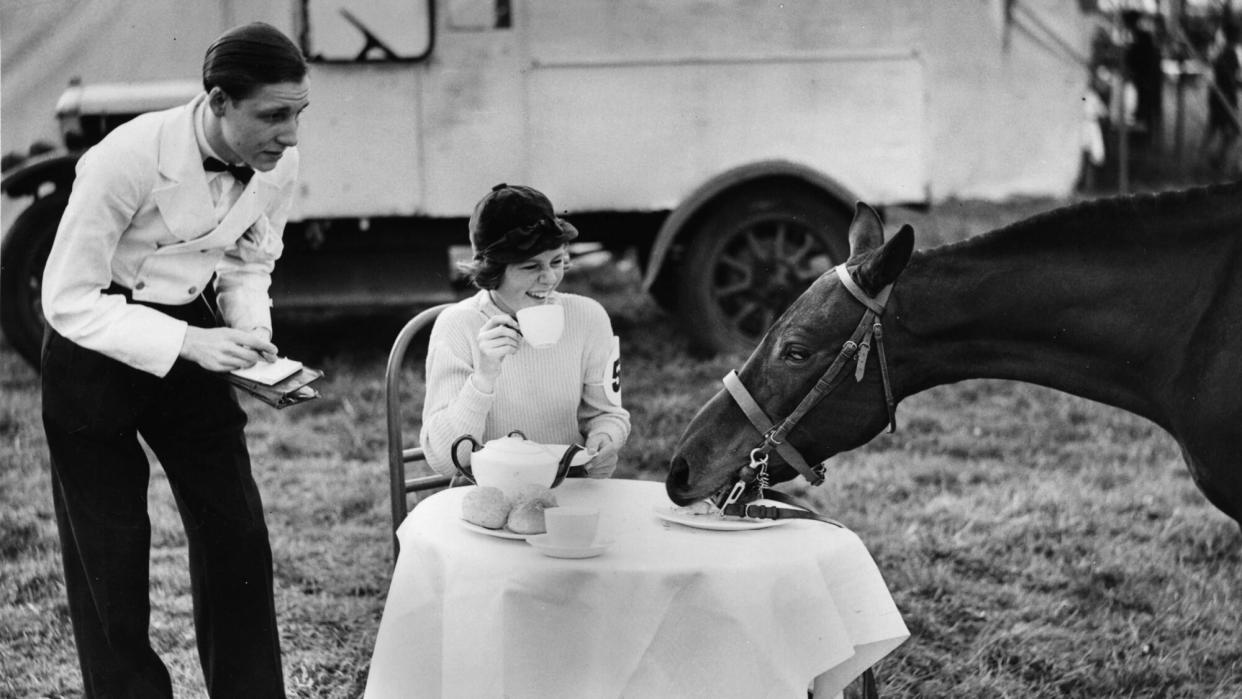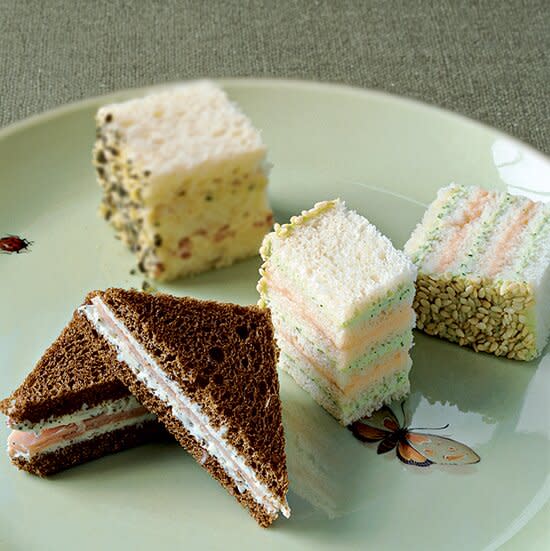What Is Earl Grey Tea and How to Perfect It

? Hulton Archive Creative / Getty Images
According to Todd Chatterton, Director of Coffee and Tea at New York's Eleven Madison Park, Earl Grey—which consists of black tea flavored with Bergamot, a type of citrus—is one of the most fundamental, approachable types of tea, representing an "anchoring point in tea culture," due to its mild, balanced taste. "It's something that everyone has had once in their life."
History of Earl Grey Tea
While we do know that Earl Grey tea was most likely named after Charles Grey, the 2nd Earl of Grey, who was prime minister of England in the 1800s—the exact origins of the tea are a bit murky. Chatterton identifies two leading theories of how it came to be, both of which, he says, are "all conjecture":
Theory #1: "This involves [Charles Grey] saving the life of a Chinese man who was into tea blending, so as a thank you, he was given [Earl Grey] tea."
Theory #2: "[Earl Grey tea] was made to fit the water profile at the Earl's house. There was a lot of mineral content in the water, so they needed a flavor of tea that would coincide with [the water] instead of clash with it. They figured citrus would work. So Earl Grey Tea was made for the Earl and for his household. I couldn't find hard evidence to support this, but it might be more likely than the Earl saving the life of the Chinese man."
Regardless of its true history, Earl Grey tea became extremely popular in Britain in the late 1800s due to a company we still know today called Twinings—the first one to market the tea—and spread to the United States mainly via the Industrial Revolution.
Nowadays, Earl Grey is the standard bearer for tea, found in most homes and restaurants in the U.S. "It's a flavor that isn't really off-putting and that a lot of people can relate to," Chatterton says. "A lot of people think it tastes like Froot Loops."
Best Earl Grey Tea
The base of Earl Grey tea is black tea, and many different varieties—from Ceylon to Assam—can be used.
The prime flavoring in Earl Grey tea, bergamot, is a type of citrus fruit with similarities to the Meyer Lemon, Chatterton says. "The flavor profile comes across very floral, with a very distinct lemon-y citrus and a little bit of grapefruit," he adds. To flavor the tea, some use bergamot oil, derived from the peel of the fruit, while others directly toss in the dried peel with the tea leaves, lending a sharper taste. The best and widest varieties of bergamot are grown in Calabria, Italy, according to Chatterton. Surprising for those of us who mostly dream of the region's contribution to spicy pizza toppings: Calabrian chilies.
There are plenty of variations of Earl Grey tea that have popped up, too, like Red Earl Grey, which blends in rooibos and bergamot, or Lady Earl Grey, which adds blue cornflower blossoms.
How to Prepare Earl Grey Tea
To prepare a cup of Earl Grey tea, Chatterton recommends starting with loose leaves (versus tea bags), as the quality of the tea itself is usually much higher. His favorite brands for Earl Grey include In Pursuit of Tea—whose product he serves at Eleven Madison Park—as well as Camellia Sinensis , a small tea company based out of Montreal (and named after the plant used to make green tea).
At Eleven Madison Park, Chatterton uses about 1 teaspoon (or 6 grams) of tea leaves per cup (340 mL), adding them to water that is close to boiling, and steeping for 3 minutes.
Earl Grey Tea Pairings

? WENDELL T. WEBBER
Americans typically drink their Earl Grey with milk and sugar, but Chatterton says he prefers the British way—with lemon and sugar. "Milk has a tendency to do strange things to black tea," he says. "It dulls the flavor a bit. It's not as crisp and sharp. Lemon is the way to go."
Top it off with a plate of madeleines—their not-too-sweet, slightly citrusy flavor compliments the notes in Earl Grey nicely, Chatterton says—and you've got yourself the makings of an excellent teatime.